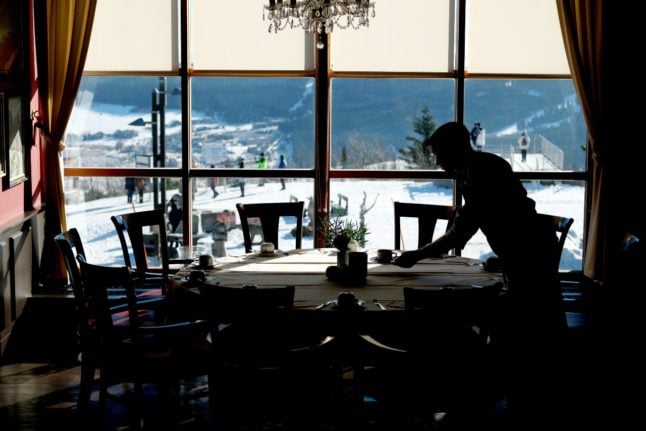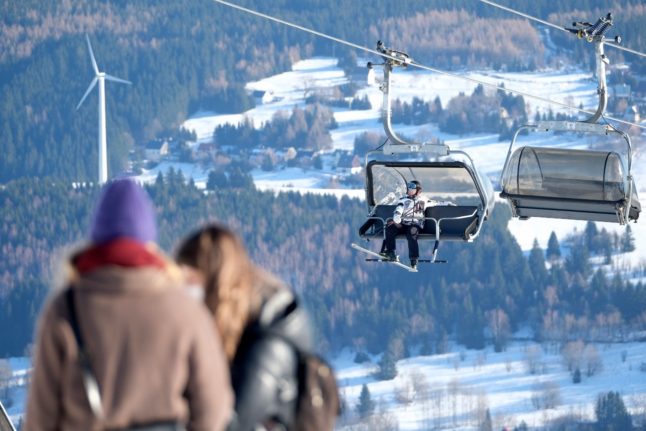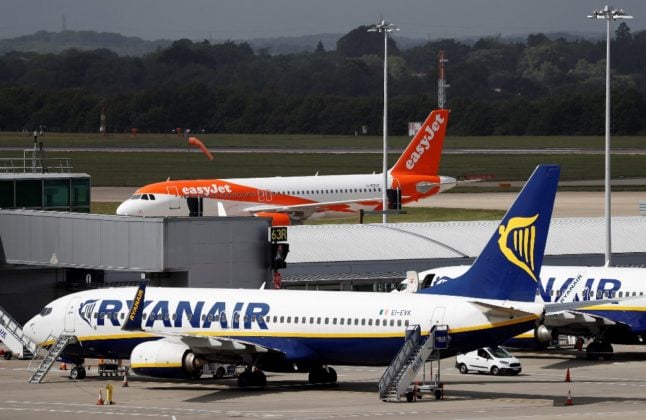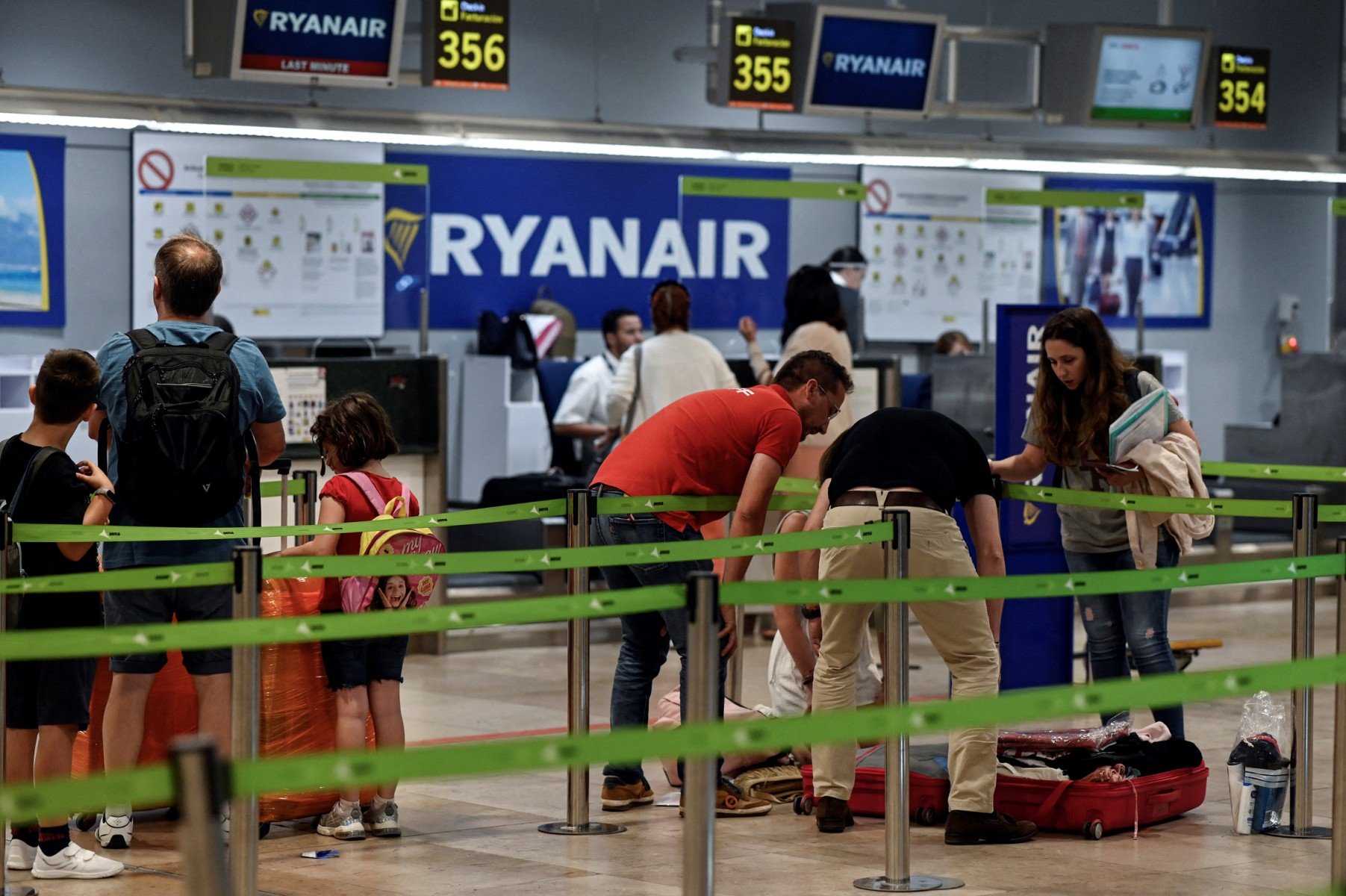This season has been disappointing for many winter sports fans, with many ski resorts having to close due to a lack of snow. Nevertheless, for those holding out hope of a quick jaunt to the slopes, we’ve got some tips on how to plan a budget getaway in Germany.
Pick an affordable ski resort
They may not be as famous or glamorous as somewhere like Garmisch-Patenkirchen, but there are plenty of budget-friendly ski resorts around Germany to choose from.
Here are a few areas you might want to look if want to save a bit of money and still enjoy the great outdoors.
Saxony
From rental prices to eating out, things tend to be more affordable in Saxony – and skiing holidays are no exception. One of the most famous resorts is Kurort Oberwiesenthal, which is nestled on the border of the Czech Republic around 60km away from Chemnitz. Here, you’ll find a picturesque resort town at the base of Fichtelberg, a two-peaked mountain with plenty of slopes for beginner and intermediate skiers.
At €39 for a single day, the lift passes are cheaper than the Alpine resorts, and you can get discounts if you book multiple days. Booking for a full week, for example, costs €220. Additionally, restaurants and overnight accommodation tend to be good-value in this region.
Harz Mountains
For people living in northern Germany, the Harz Mountains are an excellent nearby option for a short and affordable break – provided there’s enough snow.
The most famous skiing area is Wurmberg, which offers the largest skiing area in Germany north of the alps. Lift passes will set you back €42 a day in peak season, but there are plenty of discounts available for groups and concessions, as well as deals for multi-day bookings.
Western Germany
Western Germany has its fair share of skiing destinations, and many of them are a great alternative to the pricier alpine resorts in the south.
Based in North Rhine-Westphalia just a stone’s throw from Düsseldorf, Winterberg is one of the bigger resorts, and you can get great deals on multi-day ski passes. In fact, seven days on the slopes will set you back just €195, which works out at around €27 a day. People with cars can also find good deals on accommodation a little further away from the ski lifts.

Bavaria
Bavaria is known for its high-end resorts, but you can still find affordable skiing if you expand your search beyond the Alps.
One example is Ochsenkopf, the second-highest mountain in the Fichtel mountain range, which is located in northern Bavaria near the Czech Border. Amazingly, lift passes here cost just €23 a day, and a season ticket is also a steal at €240.
READ ALSO: 7 amazing places to ski in Germany this winter
Baden-Württemberg
For those in the know, the Black Forest is a great option for stunning scenery and affordable skiing: in fact, the German motorists’ association ADAC found that resorts here are 50 percent cheaper than Alpine resorts on average. With 43 lifts and 68km of slopes, the Feldberg mountain hosts the largest resort in the are.
Here, afternoon ski passes cost just €27 and a full week of skiing will set you back €229.
Consider going out of peak-season
Just like the summer holidays, the winter season also has ‘peak’ and ‘off-peak’ times where prices are either inflated or much, much lower.
When it comes to your skiing holiday, you’ll find that pretty much everything is cheaper if you go at a slightly less popular time of year. Hoteliers and Airbnb hosts will be charging less for accommodation, lift passes will be cheaper and you may also pay less for things like skiing lessons and ski rental.
As a general rule, December through February will be ‘peak’ season, though it can vary from resort to resort. Meanwhile, going in November, March or even April can be a great way to avoid the crowds and get more value for money. The one downside of off-peak skiing can be the snow conditions: the months bookending the ski season are less reliable when it comes to the weather, so be sure to check the forecasts before making your decision.
Some resorts also drop their prices slightly during quieter weeks in January, so it’s worth doing a bit of additional research if you’d prefer to go in the usual peak times.
Opt for self-catering or budget accommodation
If you’re anything like me, the words “skiing holiday” probably conjure up scenes of luxurious mountain lodges with fur throws and crackling fireplaces, just like a scene from the video to Wham’s Last Christmas. But if you’re on a shoe-string budget this year, accommodation may be the place you can save the most money.
As a rule, you can usually save a fair amount by booking self-catering accommodation – especially if you’re in a big group. Having kitchen facilities means food costs can stay low as you don’t have to eat out every evening, and also allows you to socialise without needing to splurge on drinks at fancy Après Ski venues.

Another good option is to look at local B&Bs and guest houses, which can sometimes be as cheap as €25 a night. Looking at Google Maps or on local directories listed on resort websites is a good way to find the best price: here, you’ll often find more old-fashioned local businesses with old-school prices to match.
READ ALSO: Five ways to make the most of Germany this winter
Look for package deals and discounts
There are so many things that you need to shell out on when planning a skiing holiday, so it’s a good idea to look for any crossover deals where you can.
Does your ski school include ski rental in the price? Can you buy lift passes at a discount if you book with a certain hotel? Are there family or group booking discounts at the resort you’ve chosen?
Winter sports are a huge part of the economy for pretty much every ski resort, so local businesses often work together to encourage holidaymakers to visit a specific ski school or rental shop that’s partnered with their business.
Rent ski equipment rather than buying it
This may seem like an obvious one, but renting your skis, ski poles and ski boots generally works out much cheaper than buying your own set. This is especially true for those fair-weather skiers who only wants to hit the slopes once or twice a year at most.
If you end up loving it and wanting to go more often, you can invest in equipment later. Otherwise, it’s best find a good rental deal at the ski resort you’re going to.
Buy clothes second-hand or in the sales
Since most people tend to buy their ski clothes at the start of the cold season or before Christmas, January and February can be some of the cheapest times to get kitted out. Sports shops usually have big discounts on their winter sports gear in their January sales, so make sure you look for your salopettes and ski jacket at the right time of year.
Another great option is to browse some online marketplaces like Facebook Marketplace or Ebay Kleinanzeigen and see what you can pick up there. Buying second-hand is almost always cheaper than buying brand-new, and passionate skiers (or those who tried it and hated it) may well sell-on good quality clothing that is still in great condition.

For those who have a bit of time on their hands, a quick trawl through local charity shops and second-hand outfitters like Humana or Oxfam could also be worth your while. If you live near a ski resort or near the mountains, you’ll stand an even better chance of finding some top-notch hand-me-downs.
If you’re just getting started, you’ll need a ski jacket, salopettes, helmet and goggles as an absolute minimum. Then you can simply layer up beneath and accessorise with a warm hat, socks and gloves.
READ ALSO: The Local’s guide to skiing in Germany
Watch out for hidden costs
Detailed planning is the best way to keep costs low when booking a skiing holiday.
Make sure you factor things like skiing lessons, rental and lift passes into your budget, and be aware of any extras you may be charged for at a hotel or holiday apartment, like equipment storage, breakfast or use of the sauna.
With these tips under your belt, there are plenty of options for an affordable winter sports break in Germany on a budget, wherever you happen to live and whether you’re a ‘Profi’ or a first-timer.




 Please whitelist us to continue reading.
Please whitelist us to continue reading.
Member comments